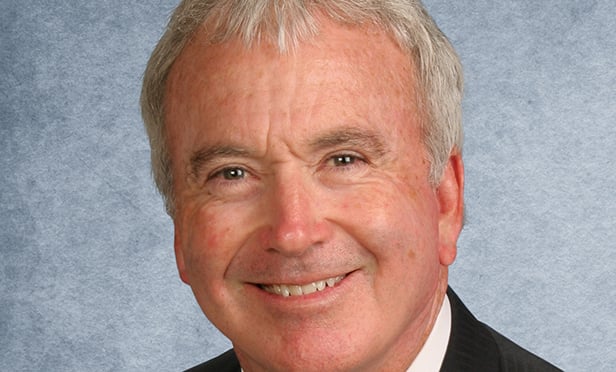 “…Cap rates have remained relatively stable over the last year, but upward movement in Treasury rates has amplified the expectation gap between buyers and sellers,” writes Hughes.
“…Cap rates have remained relatively stable over the last year, but upward movement in Treasury rates has amplified the expectation gap between buyers and sellers,” writes Hughes.
CALABASAS, CA–You can consider it a new day for the Federal Reserve as it looks to scale down its balance sheet after years of quantitative easing. The Fed’s normalization involves trimming its holdings from the current $4.5 trillion by some “$6 billion of Treasury securities and $4 billion in mortgage-backed securities per month,” reports William E. Hughes, SVP and head of business for Marcus & Millichap Capital Corporation (MMCC), in a midyear Special Report.
The Fed plans to gradually increase the amount allowed to mature to $30 billion in Treasurys and $20 billion in mortgage-backed assets per month as the process moves forward. The wind-down is expected to transpire at a cautious pace over several years, with a primary focus on market stability.
The Fed wind-down, by what Hughes calls one of the largest buyers of long-term debt, “will exert upward pressure on long-term rates. Additionally, market liquidity could decline for other asset classes as participants adjust to the resulting rise in risk-free returns. This process could slow demand for bonds originating from weaker capital structures as capital markets adjust to reduced liquidity. However, interest rates remain historically low, encouraging market participants to purchase higher-yielding assets to achieve targeted rates of return.”
Of course, real estate investors expect borrowing costs to rise, but higher rates could mean narrowing yield spreads. “This environment could weigh on transaction activity as investors evaluate their yield options. Cap rates have remained relatively stable over the last year, but upward movement in Treasury rates has amplified the expectation gap between buyers and sellers.”
In many ways, Hughes sees the normalization as a net positive in the long run. “There are numerous forces such as the flow of international capital that could still hold long-term rates down, but the move by the Fed is a logical step toward normalizing monetary policy while reducing the potential of creating an inverted yield curve.”
US Treasurys are what Hughes calls “the safest sovereign debt instrument in the world.” Clearly, they will continue to be so. “US Treasurys currently offer higher spreads than comparable bonds offered by other countries. This yield premium and a flight to save haven assets is encouraging capital to flow into the United States from foreign pension plans and insurance companies. Additionally, due to the dollar’s role as the world’s reserve currency, foreign central banks and commercial banks like to hold Treasurys to maintain capital and liquidity needs.”
To read the full Special Report, please click here.

















 Copyright © 2024 ALM Global, LLC. All Rights Reserved.
Copyright © 2024 ALM Global, LLC. All Rights Reserved.